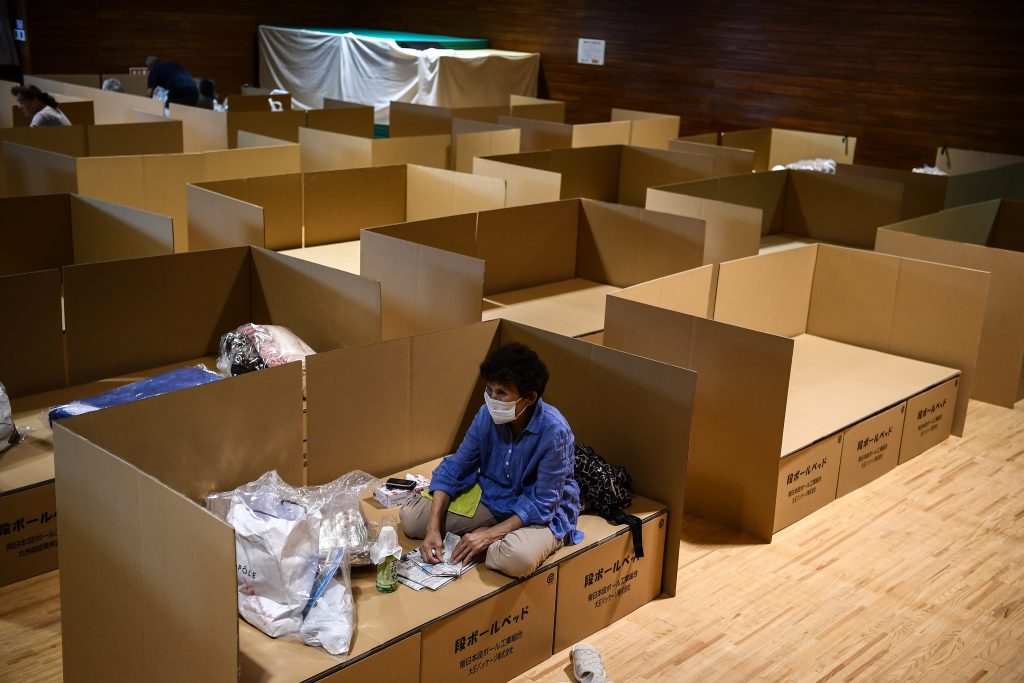
- ARAB NEWS
- 13 Jul 2025

KUMA, Kumamoto Pref.: About 2,000 people are living in shelters set up in Kumamoto Prefecture as of Saturday, about two weeks after the southwestern Japan prefecture sustained widespread damage due to flooding and landslides caused by torrential rains.
The disasters destroyed or partially damaged 592 houses in the prefecture, part of the Kyushu region, and 5,525 houses were inundated, while 69 households remain isolated.
According to the Fire and Disaster Management Agency, 71 people have been confirmed dead in Kyushu from the rain disasters–65 in Kumamoto, two each in Fukuoka and Oita prefectures, and one each in Nagasaki and Kagoshima prefectures. Six people remain unaccounted for.
Of the victims in Kumamoto, 25 were in the village of Kuma. At a makeshift municipal office of the village built at a local park, about 80 people, including village officials and aid personnel from other prefectures, offered a silent prayer for the victims at 8:30 a.m. Saturday (11:30 Friday GMT).
“I want to help residents feel safe, even if only slightly, by advancing reconstruction work,” Kuma Mayor Koichi Matsutani said.
Four bunches of flowers were laid in front of Senjuen, an elderly care home in the village. Fourteen residents of the facility lost their lives in the disasters.
Some municipalities in Kumamoto have started accepting applications for the issuance of disaster victim certificates needed for receiving public financial aid for reconstruction. Some of them have already begun work to assess the extent of damage to houses hit by the disasters.
Meanwhile, progress in the collection of debris from the rain disasters has been patchy, with the pace of the work being slow in some remote communities because of problems including damage to roads, impeding the reconstruction of affected houses and other facilities.
JIJI Press